Claude Drigon, Marquis de Magny (1796–1879) was a French heraldic writer, born in Dijon. After being employed for some time in the postal service, he devoted himself to the study of heraldry and genealogy, his work in this direction being rewarded by Pope Gregory XVI with a marquisate. He founded a French college of heraldry, and wrote several works on heraldry and genealogy, of which the most important were Archives nobiliaires universelles (1843) and Livre d'or de la noblesse de France (1844-1852).
Jean Stengers was a Belgian historian.

The Van Renesse family is an old Dutch noble family and cadet branch of the Van Voorne Family that stems from the town of Renesse in Zeeland.

The Belgian Military Organisation of Resistance or OMBR was a group within the Belgian resistance in German-occupied Belgium during World War II. It remained a reasonably small organisation throughout the war, comprising a total of 3,112 men and women. The acronym of the group was deliberately chosen as a homophone of the French word ombre meaning "shadow".

Alphonse Wauters (1817–1898) was a Belgian archivist and historian.
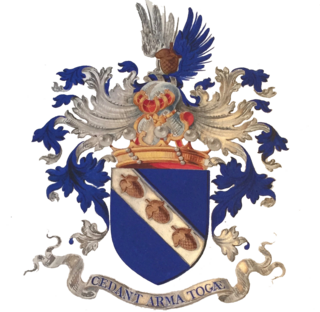
The Parthon de Von family is a Belgian noble family stemming from Châteauroux in France.
Camille de Briey was a Belgian industrialist, politician and diplomat.
Events in the year 2017 in Belgium.
Joseph Norbert Leon François Marie Ghislain "José" Anne de Molina was a Belgian magistrate, heraldist, and historian.
François Louis de Fitte de Soucy was a French royalist general who died during the French Revolution.
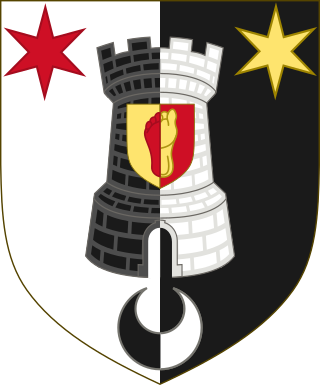
The Van Dievoetfamily is a Belgian family originating from the Duchy of Brabant. It descends from the Seven Lineages of Brussels and its members have been bourgeois (freemen) of that city since the 1600s. It formed, at the end of the 17th century, a now extinct Parisian branch which used the name Vandive.
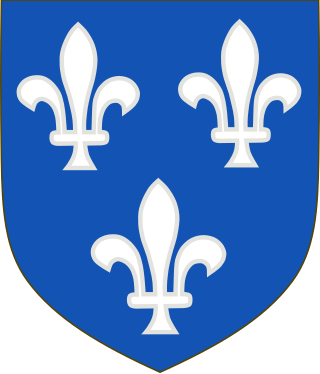
The Pipenpoy family (/pɪpɒ̃pwə/), was an old and influential patrician family of Brussels which exercised public functions in the capital of the Duchy of Brabant until the end of the Ancien Régime. It died in 1832 with Catherine de Pipenpoy, who was 100 years old. Several of its members were admitted to the Seven Noble Houses of Brussels.
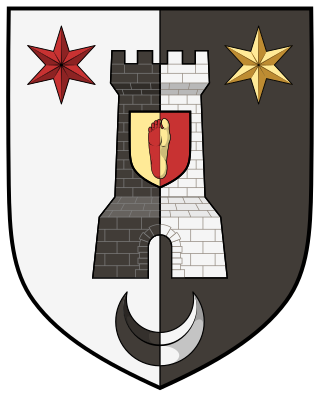
The Vandive family was a Parisian branch of the Van Dievoetfamily from Brussels, descended from goldsmith Philippe Van Dievoet, the elder brother of famous Brussels sculptor Peter Van Dievoet. The family were first bourgeois of Paris before becoming part of the French nobility.
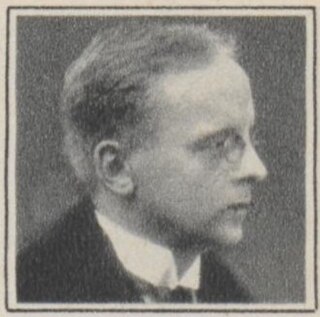
Josse-Émile van Dievoet was a Flemish politician and lawyer. He served as Belgian Minister of Justice.
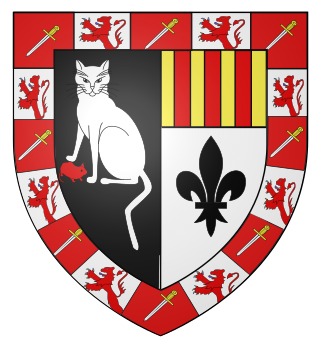
The de Muyser Lantwyck family is an old Belgian family dating back to the beginning of the 15th century, tracing its roots to Jean Moyser, alderman of Vaelbeek, who held lands in Héverlé in 1451, censier of the Groenendael Priory, lord holding the lands and manor of Cockelberg by lease dated 19 June 1438, husband of Aleyde Crabbé.
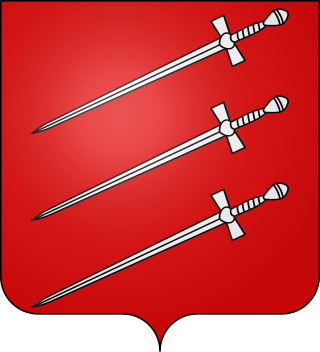
The Poot family is a family that was admitted to the bourgeoisie of Brussels and from 1753 was registered among the Seven Noble Houses of Brussels.
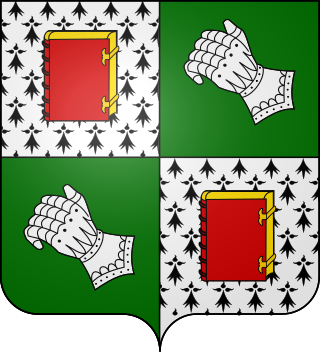
The Coart family is a Belgian noble family from the Prince-Bishopric of Liège whose proven ancestry dates to 1661.

Joseph van den Leene, lord of Lodinsart, Castillon, and Huyseghem, was the First King of Arms of the Spanish Netherlands, and the Duchy of Burgundy, this office was called Toison d'Or. On 13 June 1678, he was admitted to the House of Serhuyghs of the Seven Noble Houses of Brussels.

The House of Aspremont-Lynden is the name of an important Belgian noble family, which might have originated from the House of Lynden, part of the Dutch nobility. Due to their properties and intermarriages, the family also became part of the German nobility.
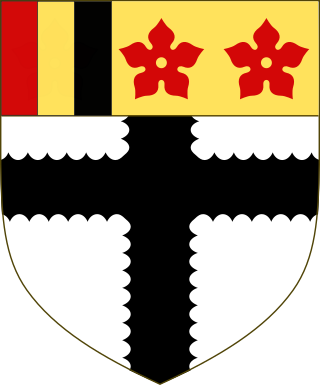
The Jolly family is a Belgian noble family originally from London whose proven male-line parentage dates back to 1799.
This page is based on this
Wikipedia article Text is available under the
CC BY-SA 4.0 license; additional terms may apply.
Images, videos and audio are available under their respective licenses.














